When faced with challenges, most leaders jump straight into action mode. They gather their teams, brainstorm furiously, and implement a series of quick fixes to address the issue. Yet, how often do these “solutions” merely shuffle the problem into the future or create entirely new issues?
Problem-solving is one of the most essential leadership skills, but solving problems well is what distinguishes good leaders from exceptional ones. Exceptional leaders don’t just fix—they solve. They approach challenges with a strategic lens, looking beyond the immediate symptoms to identify root causes, explore hidden opportunities, and create transformative solutions. By adopting a mindset that blends strategic awareness, cognitive agility, and emotional intelligence—you can confront obstacles with clarity and confidence while achieving lasting impact.
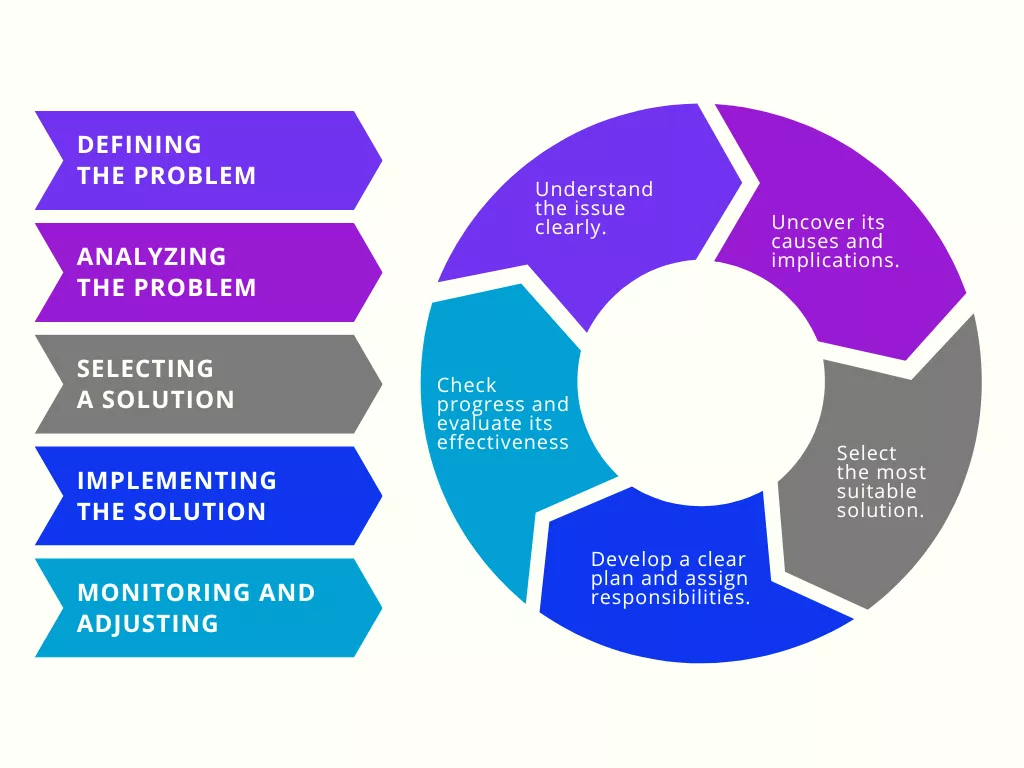
Image Source: Solved IO
Why Traditional Problem-Solving Methods Aren’t Enough
Most organizations use structured problem-solving methods like Root Cause Analysis, the 5 Whys, or frameworks like Kepner-Tregoe. While these tools are helpful for systematically diagnosing issues, they leave gaps when applied without leadership adaptability.
The Limitations of Frameworks
- Over-focus on Rationality: Many traditional frameworks rely heavily on critical thinking but overlook the human and emotional dynamics that contribute to problems.
- Incomplete Diagnoses: These methods identify symptoms and causes but don’t always account for hidden systemic factors, team dynamics, or adaptability to unexpected variables.
- Single-Dimensional Solutions: Frameworks can lead to rigid “one-size-fits-all” solutions rather than iterative approaches that evolve with changing circumstances.
Key Missing Links in Traditional Problem-Solving
Cognitive Bias Awareness: Leaders often fall victim to biases like confirmation bias or sunk cost fallacy, skewing their judgment. Without acknowledging these biases, problem-solving efforts can stray off course.
Psychological Safety: Problem-solving is an inherently collaborative process, yet fear of failure or judgment can prevent contributions from the broader team.
Adaptive Thinking: Problems evolve, and solutions must adapt. Strategic flexibility is the backbone of successful execution in dynamic environments.
The Leadership Problem-Solving Mindset
To bridge these gaps, leaders must cultivate habits and mindsets that allow them to work beyond the rigid structures of traditional problem-solving approaches. By adopting a holistic approach, leaders can foster an environment where innovative and adaptive solutions thrive.
Strategic Awareness
Great leaders don’t see problems in isolation; they view them as part of a larger system. They look for interdependencies, second-order effects, and hidden opportunities to create leverage.
Ask yourself these questions when tackling challenges:
- What are the root causes I’m not seeing?
- How does this problem impact or connect to other processes, teams, or outcomes?
- Are there systemic issues that perpetuate this problem?
Consider building “problem maps“—visual representations of how challenges connect to organizational inputs, outputs, and external factors. By zooming out, leaders can reframe problems in the context of the broader ecosystem, unlocking more strategic solutions.
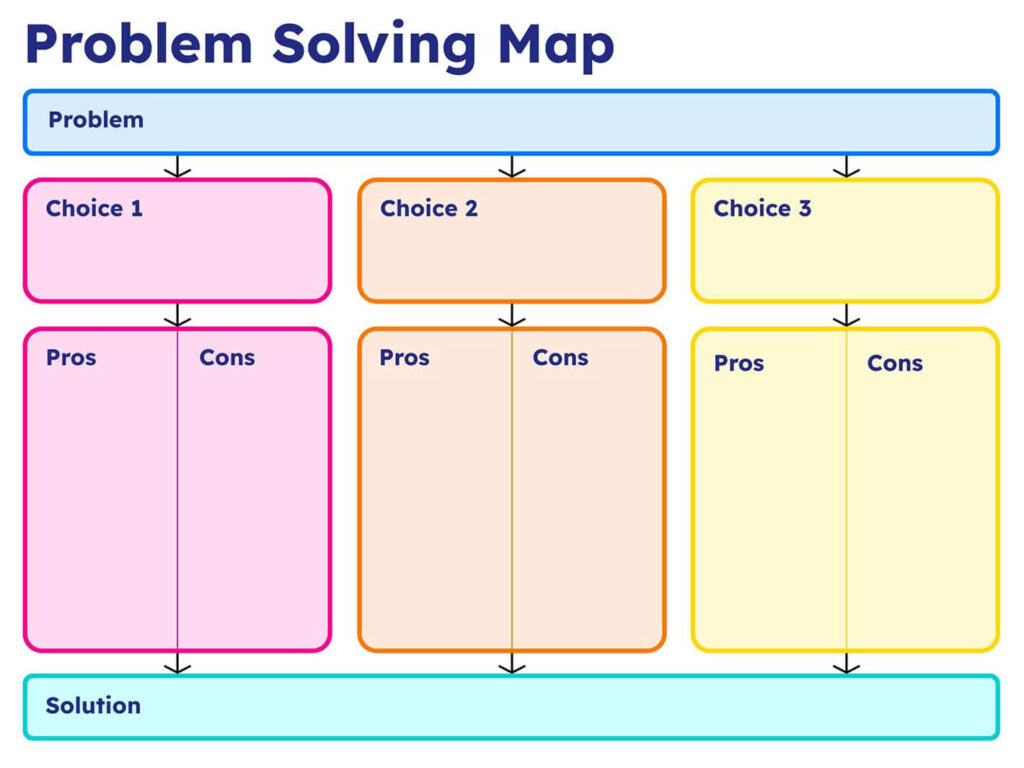
Cognitive Agility
Rigid thinking locks us into linear solutions. Great problem-solvers maintain cognitive flexibility, enabling them to toggle between analytical rigor, creativity, and emotional understanding.
Leaders can develop this agility by:
- Practicing Scenario Thinking: Explore multiple “what if” scenarios to test ideas before implementing them.
- Challenging Original Assumptions: Revisit assumptions periodically with fresh eyes to uncover outdated approaches.
- Using Reverse Thinking: Flip the problem. Instead of asking, “How can we solve this?” ask, “How can we ensure it fails?” to uncover overlooked risks.
By “mentally prototyping” solutions, leaders can evaluate risks and rewards from all angles without rushing prematurely into action.
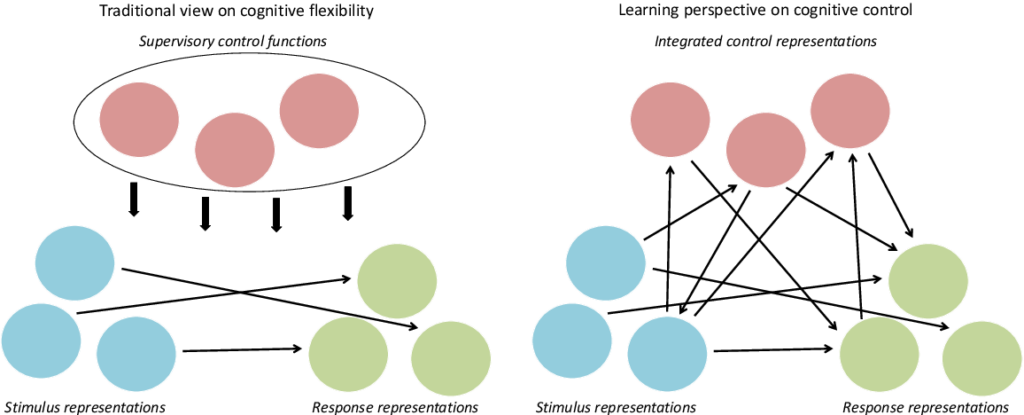
Emotional Intelligence & Team Engagement
The significance of emotional intelligence in problem-solving cannot be understated. Leaders must cultivate an environment of psychological safety, where team members feel confident to voice their ideas and challenge assumptions without fear of retribution. By harnessing the strength of diverse perspectives, leaders can access a wealth of insights that might otherwise be overlooked. Moreover, in navigating the complex emotional landscape that often accompanies challenging problems, emotionally intelligent leaders are adept at listening, empathizing, and redirecting emotions in a constructive manner. By combining team strength with deep emotional insight, leaders can create solutions that teams feel ownership of—and are more likely to commit to implementing.
From Stuck to Breakthrough: The Problem-Solving Playbook
Here’s a four-step approach to move from stalled efforts to true breakthroughs.
Step 1: Slow Down to Speed Up
Before acting, pause. Rushing to implement a patch often causes bigger long-term issues. Evaluate the broader context, collect data, and analyze why the problem exists in the first place.
Jessica Stillman, a popular business writer and opinion columnist, emphasizes the importance of deliberate pacing in professional settings. She identifies critical situations where slowing down can lead to better outcomes. These include making significant, irreversible decisions, tackling complex problems, and navigating interpersonal conflicts. By taking the time to thoroughly assess these scenarios, professionals can contribute to more effective leadership and organizational success.
Step 2: Identify the Invisible Forces
What’s not being said—emotionally, culturally, or politically—could be blocking progress. Spend time identifying biases, misaligned incentives, and emotional baggage tied to the problem.
Founder of the Facilitator School Daniel Wirtz discusses how unseen issues, such as cognitive biases, unspoken assumptions, and cultural norms, can significantly impact organizational performance. He emphasizes the importance of identifying and addressing these hidden factors to foster a healthier work environment. Wirtz suggests that by bringing these invisible problems to light, leaders can implement more effective strategies and drive meaningful change.
Tool: Conduct anonymous feedback surveys to surface hidden insights from your team without fear of judgment. Assessment programs like BRITE can help make this process easy and create actionable insights for your team.
Step 3: Flip the Perspective
Innovative solutions often emerge when you challenge conventional wisdom. What would an outsider suggest? What happens if you approach the problem from the opposite angle?
The Lean Learning Center describes that when individuals become fixated on a problem, they may struggle to find solutions due to a limited perspective. Techniques like the “Fresh Eyes Approach” encourage individuals to redefine problems and consider them from alternative perspectives, such as those of different professionals or even a child. This method can lead to new insights and more effective solutions. By metaphorically “changing lenses,” individuals can tap into their imagination and enhance their problem-solving abilities.
Example Technique: Use lateral thinking methods like Edward de Bono’s “Six Thinking Hats” to shift perspectives and explore unconventional ideas.
Step 4: Test and Adapt
No solution lasts forever. When you implement a solution, treat it as an ongoing experiment rather than a conclusive fix. Regularly gather feedback and refine the approach based on real-world outcomes.
Culture expert K.C. Barr emphasizes the importance of an iterative approach in strategic decision-making. Instead of committing to large-scale initiatives based solely on predictions, Barr advocates for testing ideas on a smaller scale, learning from the outcomes, and adapting strategies accordingly. This method allows organizations to mitigate risks, respond to real-world feedback, and make informed decisions that drive successful transformations. By embracing a cycle of experimentation and adjustment, businesses can navigate uncertainties more effectively and achieve sustainable growth.
Guided processes like “Plan-Do-Check-Act” (PDCA) can help reinforce iterative problem-solving practices.
Real-World Example of Transformational Problem-Solving
Consider the case of CEO Indra Nooyi during her tenure at PepsiCo. Facing growing criticism over sugary beverages, Nooyi didn’t treat the challenge as a PR issue to be spun. Instead, she reframed it as an opportunity to reinvent PepsiCo’s product portfolio, introducing healthier options that aligned with shifting consumer preferences.
By seeing the larger ecosystem, engaging cross-functional teams, and pivoting to adaptive strategies, she built a long-term growth model instead of temporary patchwork changes.
Leading the Next Era of Problem-Solving
The leaders of tomorrow won’t just solve problems—they’ll reframe, mitigate, and redefine them before they fully emerge.
You don’t have to reinvent the wheel to get started. By adopting a leadership mindset infused with strategic awareness, cognitive agility, and emotional intelligence, you can turn problems into opportunities and inspire transformation across your organization.
What’s your next step? Empower yourself and your team by cultivating these problem-solving habits. Leadership Circle has the tools and programs you need to get started and create a plan for your company to become a more effective organization.
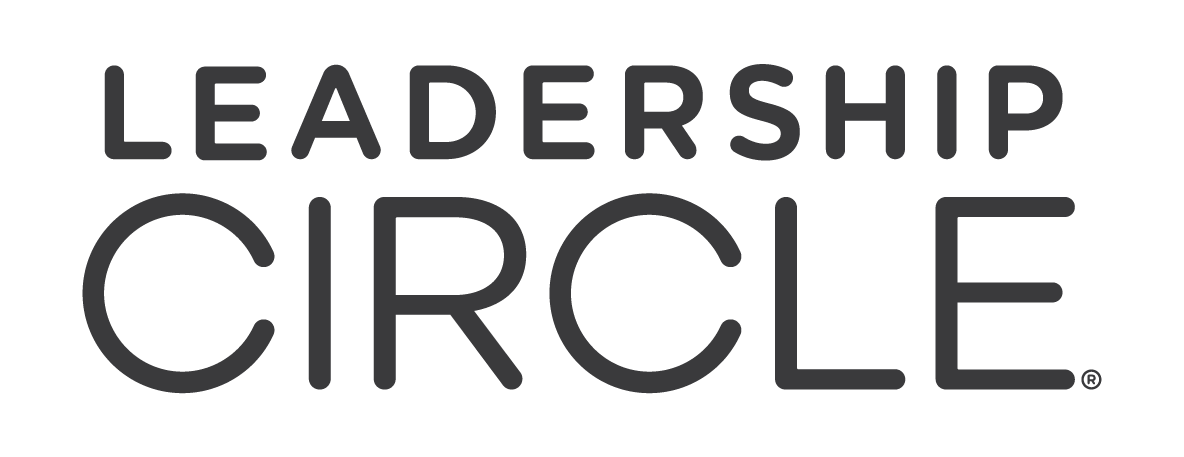


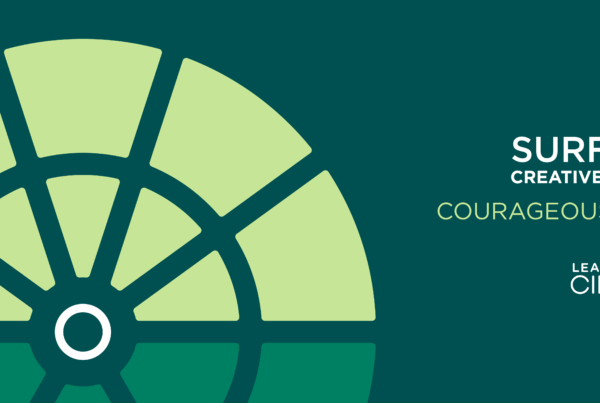


Your blog is a treasure trove of valuable insights and thought-provoking commentary. Your dedication to your craft is evident in every word you write. Keep up the fantastic work!
I wanted to take a moment to commend you on the outstanding quality of your blog. Your dedication to excellence is evident in every aspect of your writing. Truly impressive!
I wanted to take a moment to commend you on the outstanding quality of your blog. Your dedication to excellence is evident in every aspect of your writing. Truly impressive!
Your blog is a beacon of light in the often murky waters of online content. Your thoughtful analysis and insightful commentary never fail to leave a lasting impression. Keep up the amazing work!